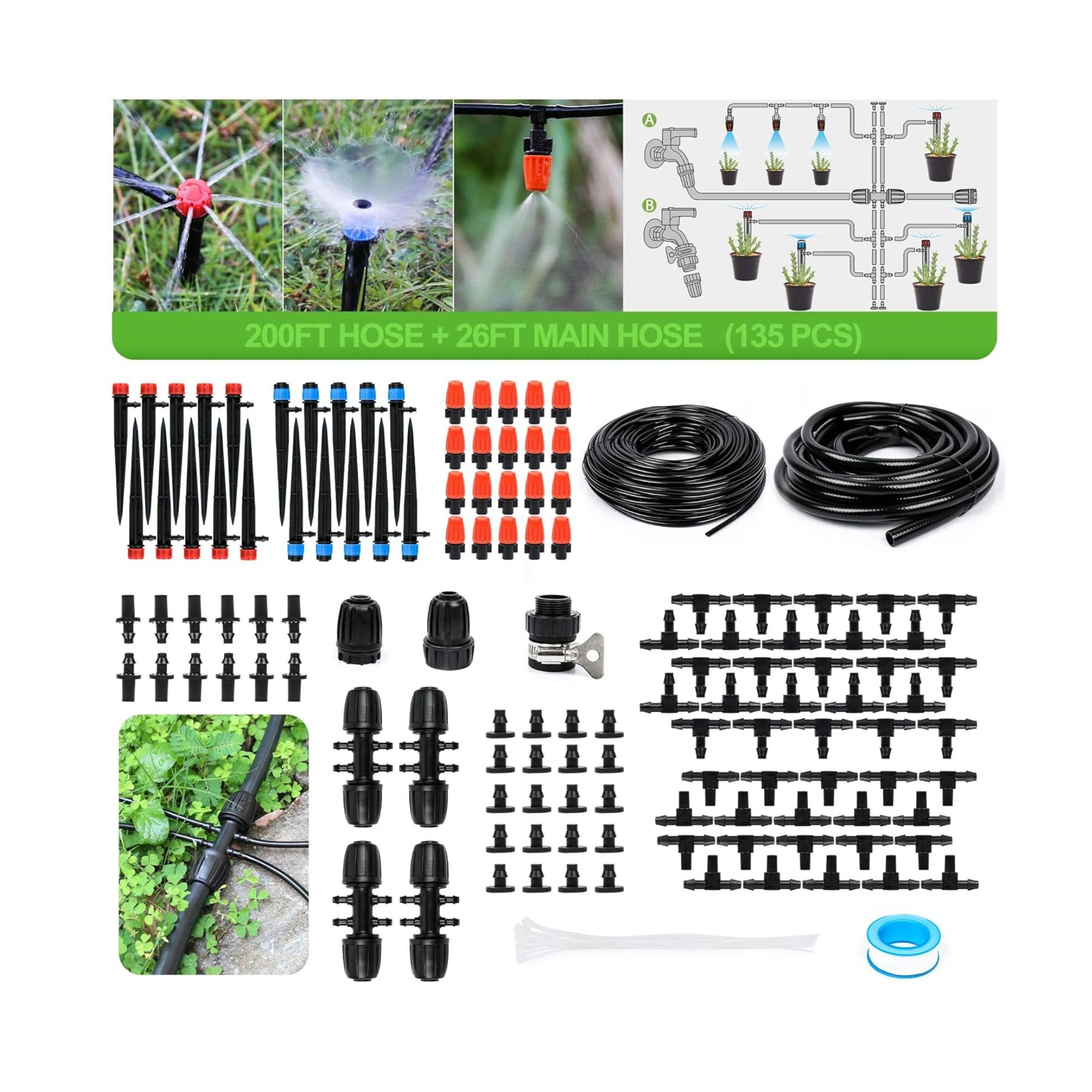What is drip watering? How this handy irrigation system can save water and stop weeds from invading your garden
Say goodbye to underwatering and overwatering your plants
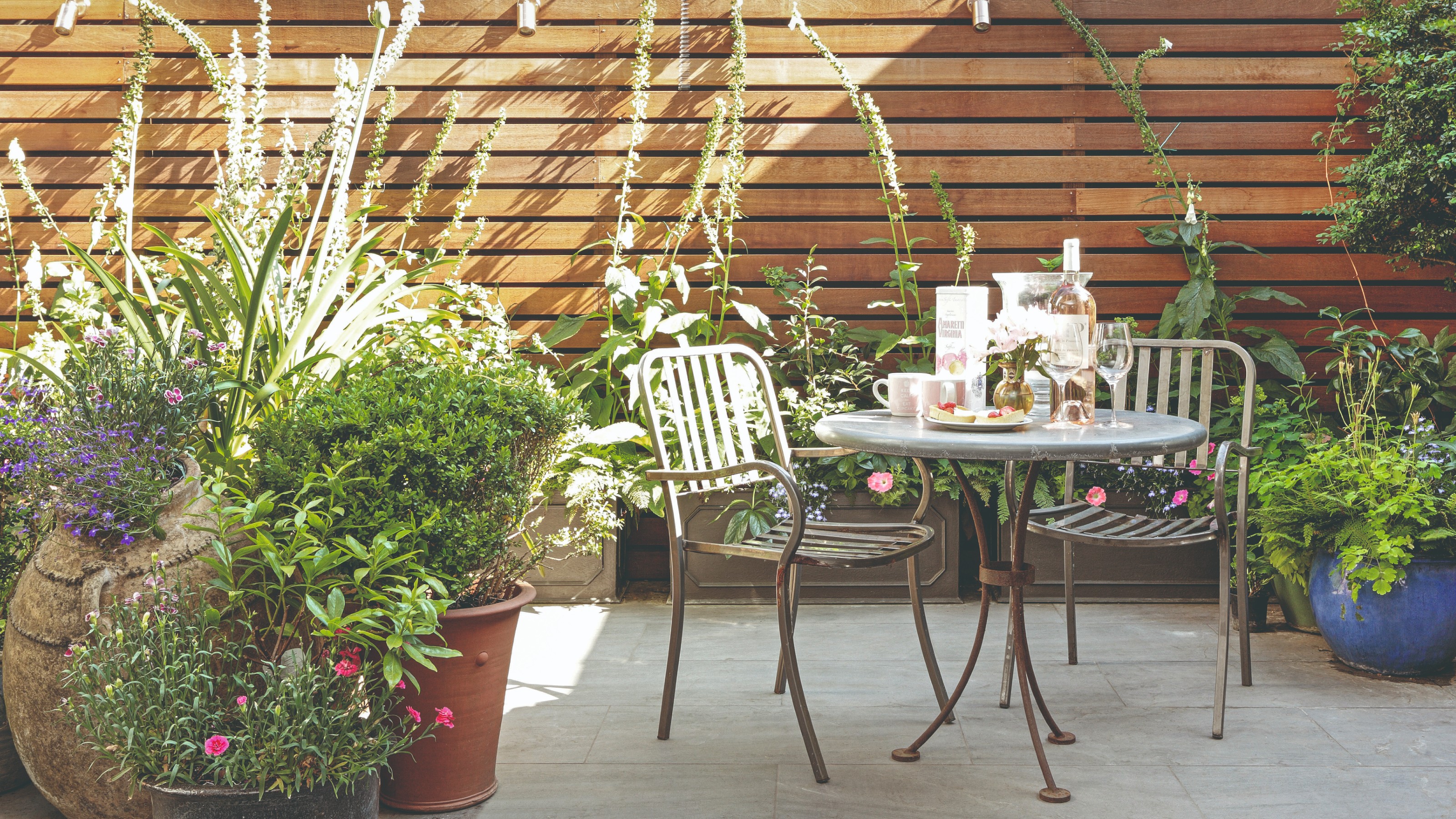

Struggling to keep your garden plants alive? Heading off on holiday and worried you’ll come home to dry, crusty blooms? Well, drip watering can help. But first, you need to understand what drip watering really is.
Sure, watering the garden sounds easy, but there’s a real art to it. You need to know how often to water the garden in hot weather, you need to spot the signs of overwatering, and you need to avoid any garden watering mistakes. After all, the smallest mistake can make a big difference to the health of your plants.
That’s why we’d like to introduce you to drip watering. This handy irrigation system for plants will make gardening easier than ever and even stop weeds from invading your garden. But what is drip watering? And is it good enough for you to ditch the watering can once and for all?
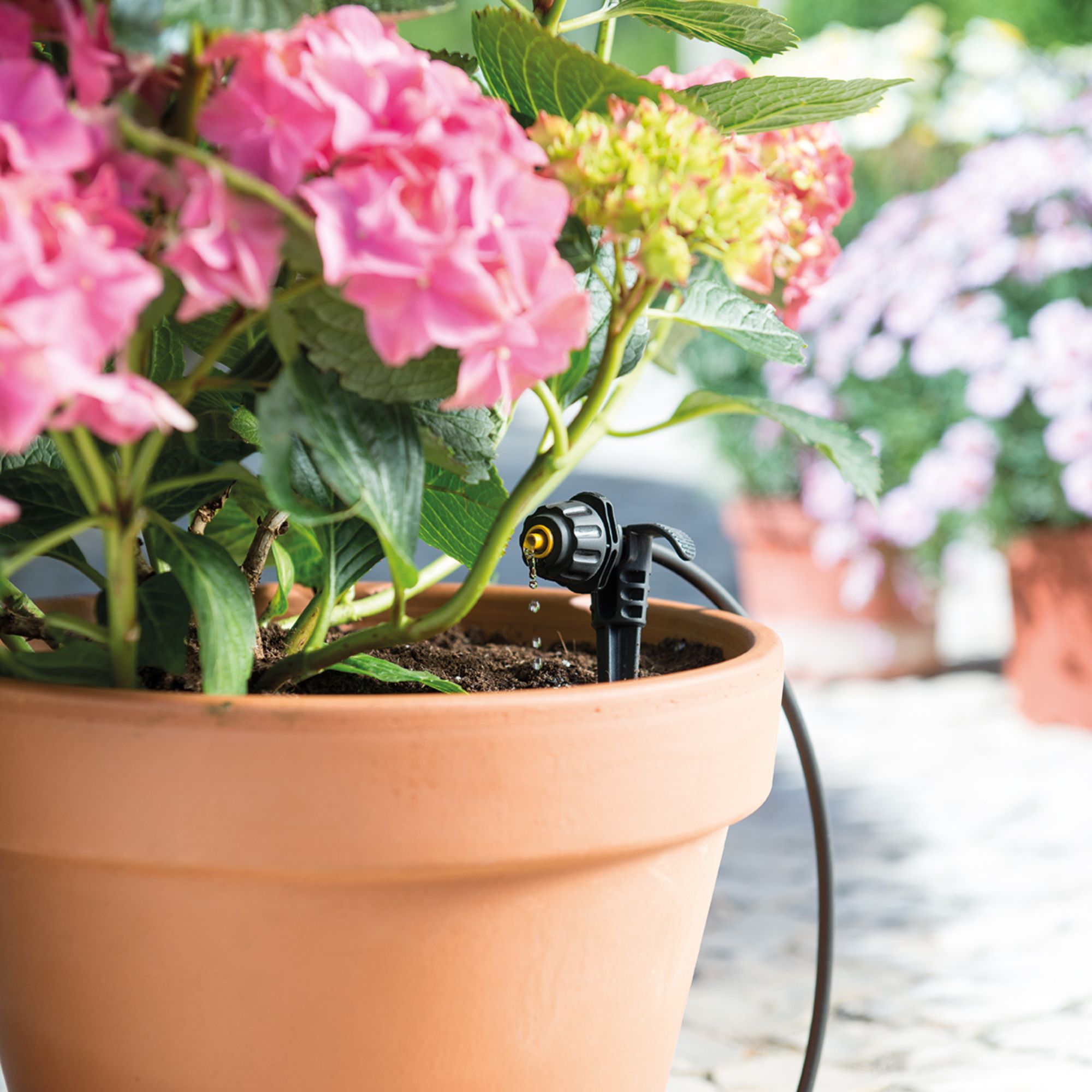
Drip watering: the basics
Essentially, drip watering does exactly what it says on the tin. Instead of watering your plants from above - say, by using a watering can or even a sprinkler system - it waters your plants from ground level or lower.
Sean Lade, Managing Director at Easy Garden Irrigation, explains, ‘Drip watering - also called drip irrigation - is an incredibly efficient way to water plants by delivering the water directly to the roots through a network of pipes, valves, tubing and emitters.’
He adds, ‘By targeting specific areas, a drip watering system allows for automatic and precise watering control, ensuring optimal growth and health for each plant. It essentially helps create a thriving garden with minimal effort!’

Sean is the managing director of Easy Garden Irrigation, which creates a variety of irrigation and watering systems to make gardening effortless. Sean’s 14+ years in gardening and irrigation combine a passion for bringing solutions and drive for sustainability to UK gardeners all year round.
Drip watering systems typically come in two different forms. While some systems are more basic (think an upside-down plastic bottle with a spout coming out), others are more advanced and can be connected to your outdoor water tap and spread out across the garden.
Get the Ideal Home Newsletter
Sign up to our newsletter for style and decor inspiration, house makeovers, project advice and more.
Some smart watering systems can also be controlled by apps and timers, and you can even find some drip watering systems that use buckets or the water from water butts for those who don't have an outdoor tap.
Of course, this means that the prices vary. So, it’s important to do your research and figure out which drip irrigation system is best for you, your garden, and your budget.
What are the advantages of drip watering?
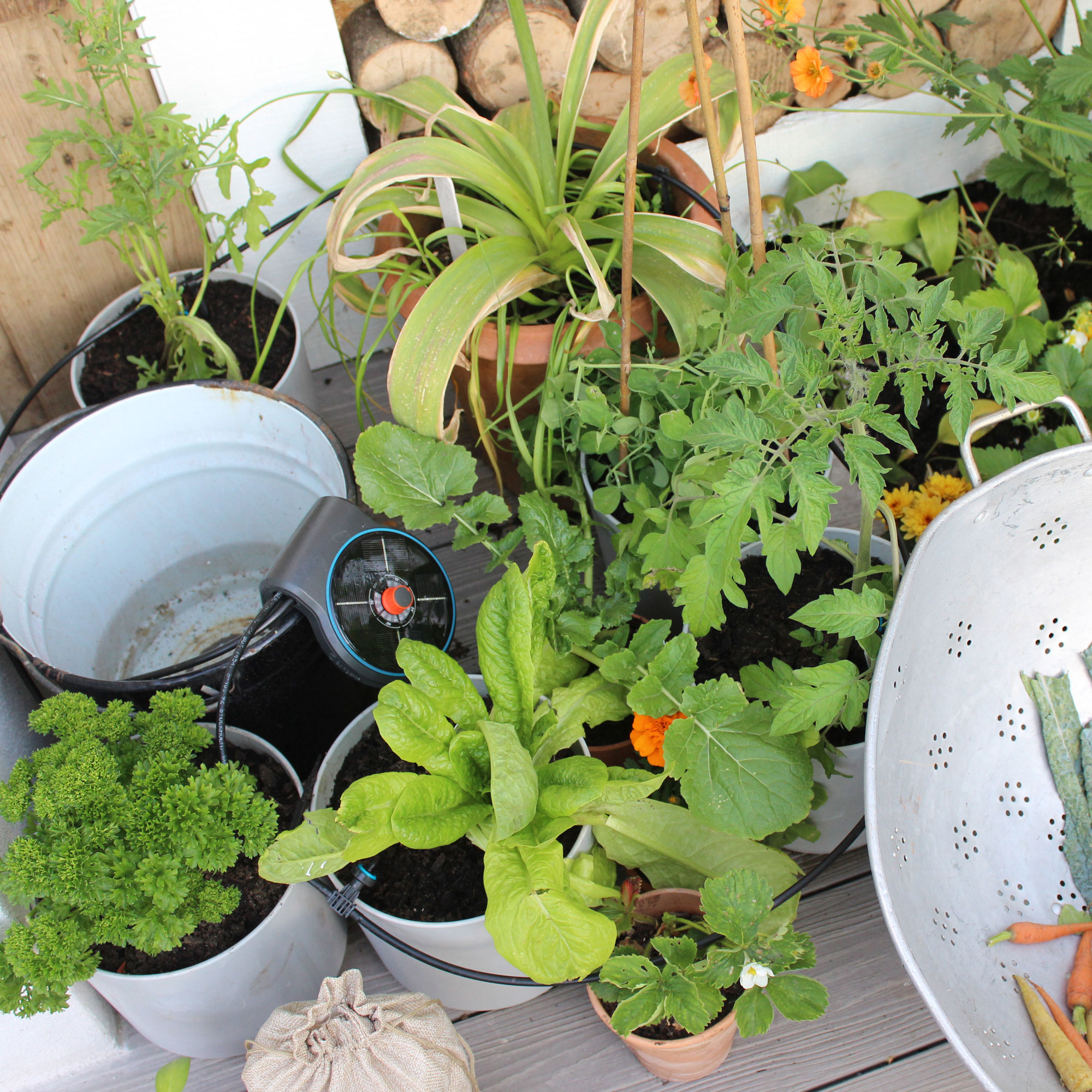
1. It saves water
When you water your plants with a watering can or garden hose, it can be hard to know just how much you need to water them. So, most of the time, you simply water until you can see liquid leaking out of the containers or your garden borders look sodden.
Doing this can result in a lot of unnecessary water wastage. And if you want to save money on your water bill, you’re doing yourself a disservice.
Thankfully, a drip watering system can actually help to save water. Jess Thomas, drainage expert at Drainage Central, explains, ‘It delivers water directly to the plant's roots, meaning that water isn't wasted on surrounding areas. It also prevents runoff.’
Not only that, but Sean also adds, ‘Due to their high efficiency, drip irrigation systems are also exempt from UK hosepipe bans, ensuring healthy plants during periods of excess heat and water restrictions.’
2. It prevents under or overwatering
Another advantage of drip watering is that it prevents under or overwatering your plants, which is a common container garden problem. Instead, it should maintain a consistent moisture level that will ensure optimal health.
Jess says, ‘Because you can carefully and precisely control how much water is used, it means that your plants will always be in good health in terms of watering levels.’
Watering from the soil and the base of the plant (rather than watering the whole plant from above with a watering can) can also help to keep the foliage dry. This will prevent the plant from drowning and can even keep common plant diseases like powdery mildew at bay.
3. It can keep weeds at bay
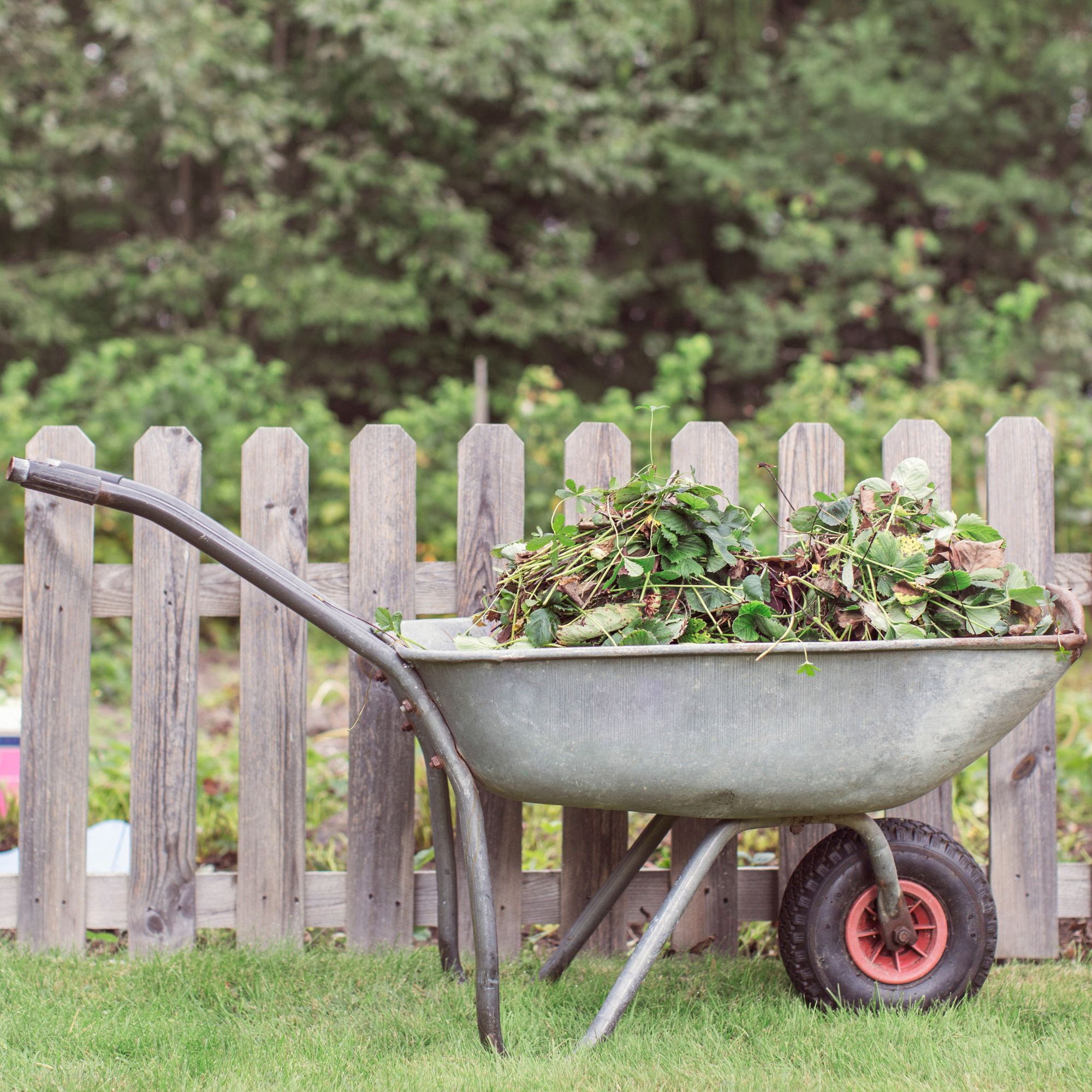
If you spend your days trying to get rid of weeds, you’re not alone. As well as invading your lawn, they can also take over your flower beds and even grow up through your container garden. But did you know that incorrect watering can lead to weeds, too?
In fact, that’s one of the main reasons why you should consider adding a drip irrigation system to your garden. Watering this way can actually stop weeds from growing in the first place.
‘It does this by NOT watering the spaces in between plants, therefore meaning that the weeds can't grow,’ explains Jess. Instead, it focuses on watering the plants and the plants alone.
4. It’s convenient
Large gardens can be difficult to water evenly, especially if you lead a busy life and have limited time to spend in the garden. Alongside this, it can also be hard to maintain a garden watering schedule if you regularly go on holiday or work trips.
That’s where drip watering systems really come into their own. Depending on the type of system you get, you either need to turn on the outdoor tap or keep the manual self-watering systems topped up with water every now and then. So, they’re very convenient and require minimal effort.
If you opt for a smart watering system - like this Eve Aqua Smart Water Controller from Amazon - you could even keep an eye on the weather forecast back home while you’re sunning yourself by the pool and use an app to turn your drip watering system on.
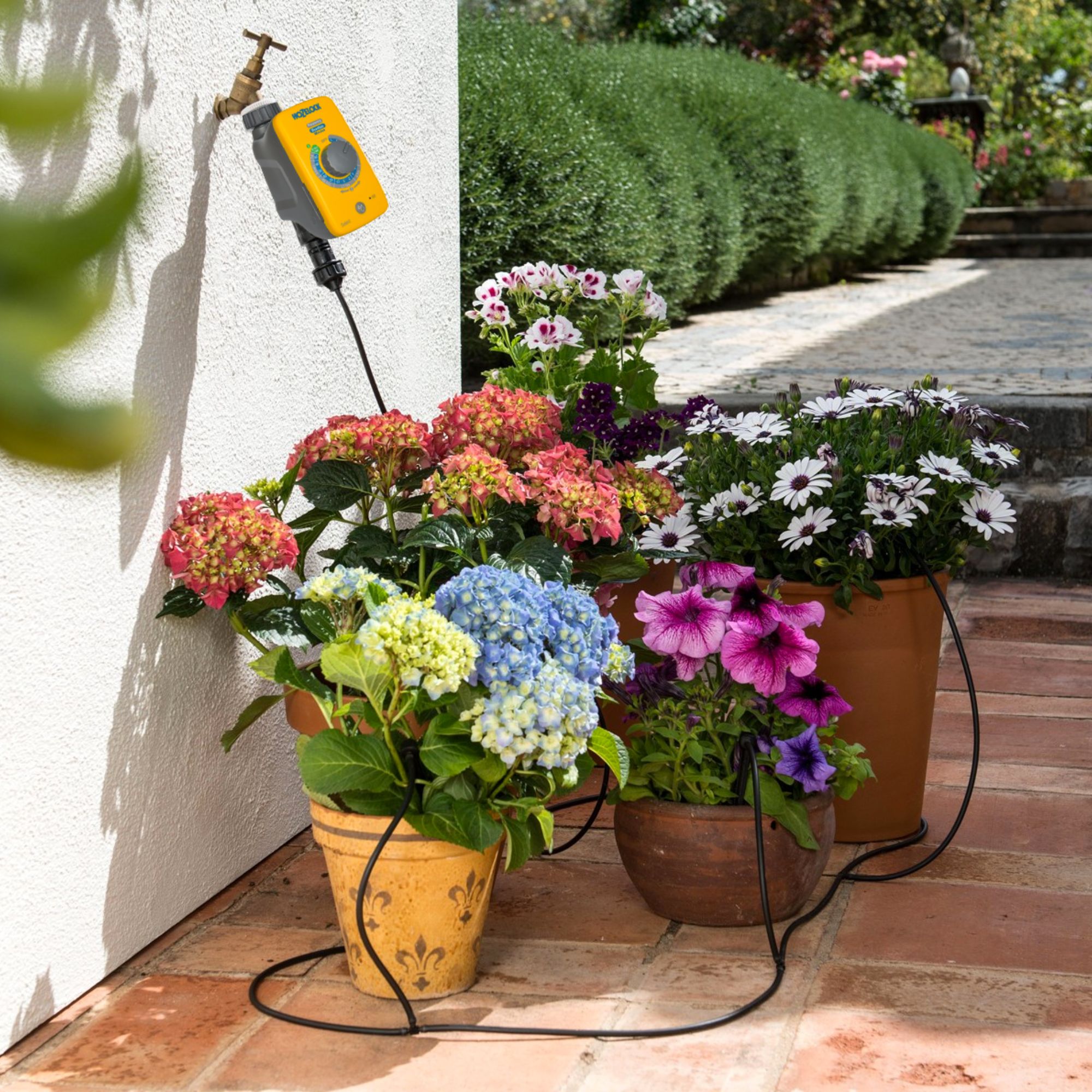
What are the disadvantages of drip watering?
1. It can be costly
If you’re looking for a budget garden idea, drip watering is something you need to seriously consider before taking the plunge. And while you can buy an affordable self-watering drip irrigation system, proper hose systems will set you back a pretty penny.
Jess says, ‘To get the whole system set up can be costly.’ If you opt for a professional-grade irrigation system, you may even have to pay to install it.
However, as we mentioned, a drip irrigation system will only use the water it needs - meaning you’ll save money on your water bill, potentially balancing out the initial cost.
2. It requires planning
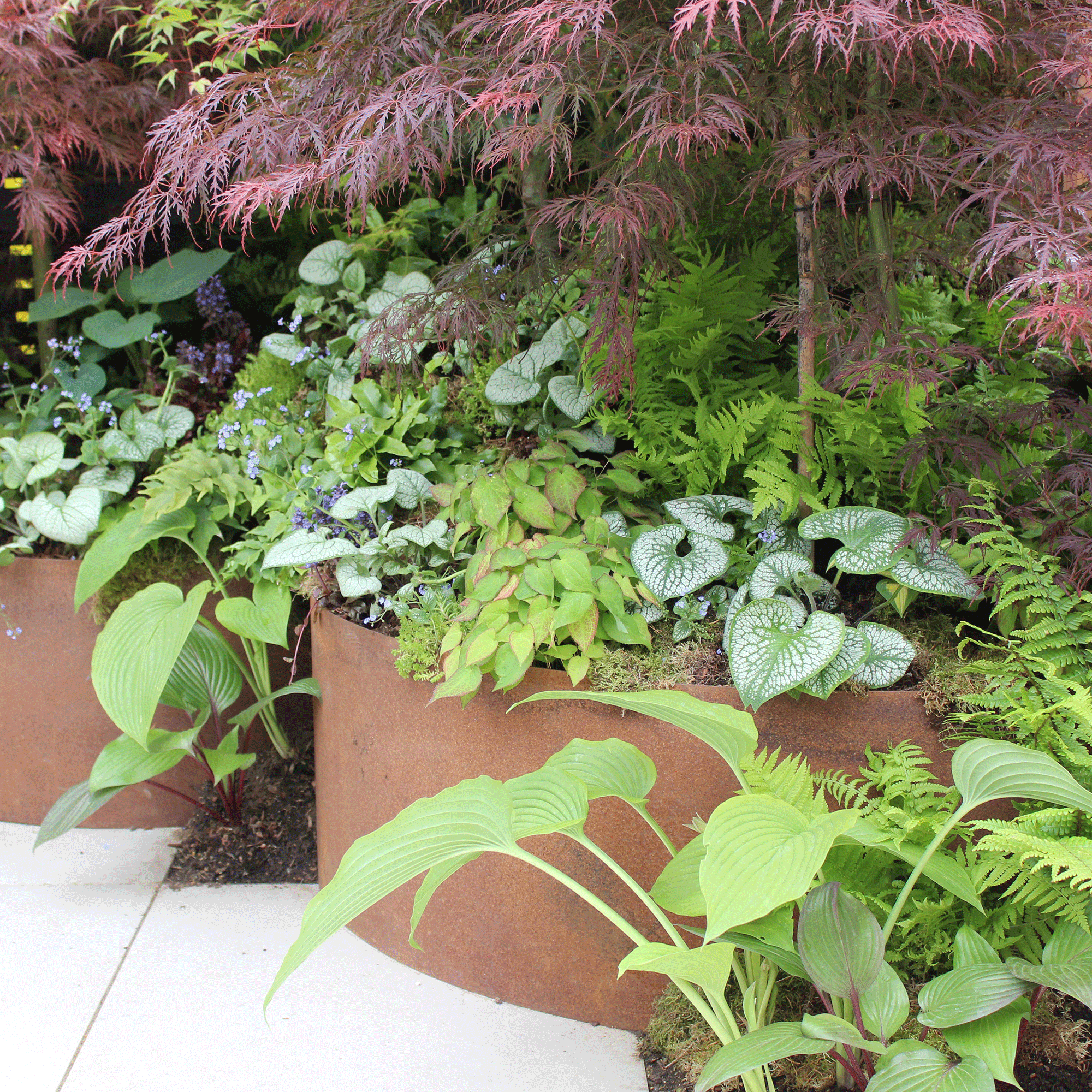
While you may be inclined to buy a drip irrigation system on a whim, it’s important to note that not all gardens need one. Then, you have to decide what kind of system you want to install.
Sean says, ‘Select the appropriate tubing, emitters, and accessories based on the size of your garden and plant needs. Simple emitter systems or soaker hoses work for smaller gardens. Whereas larger gardens might need more complex setups with multiple zones.’
Not only that, but you should also consider the plants in your garden. If your outside space is full of drought-tolerant plants, you shouldn’t need to water them as much - meaning you might not need the convenience of a drip watering system.
If you have flood-proof plants that love to be in waterlogged soil, though, it’s probably best to have one in place to keep them well-watered. This is echoed by Jess, who says, ‘Knowing which plants need what and planning your setup is essential.’
3. Set-up and maintenance can be a hassle
When you water your garden with a watering can or a hose, maintenance is pretty easy. You just need to protect your garden hose during the winter and keep your watering can clean to keep up your watering efforts, and that’s it.
That’s not the case with drip watering, though, and a major disadvantage of drip watering is that setting up and maintaining these systems can be a hassle - especially if you opt for a smarter, more modern system or have a large area that needs to be maintained.
Sean suggests, ‘Set aside maintenance time to regularly check for leaks and clogs or issues that will affect the performance of the drip watering system.’
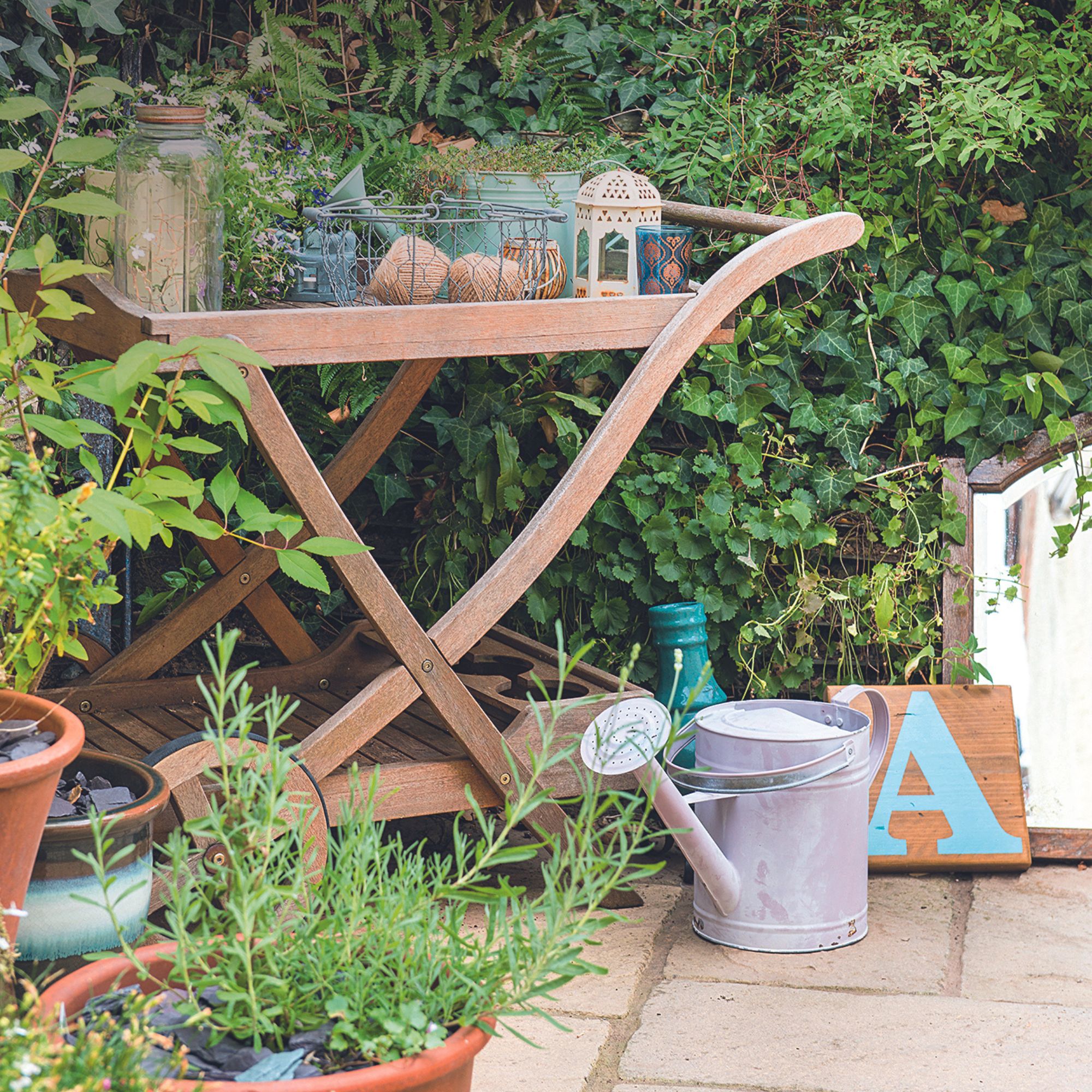
The best drip watering systems - our top picks
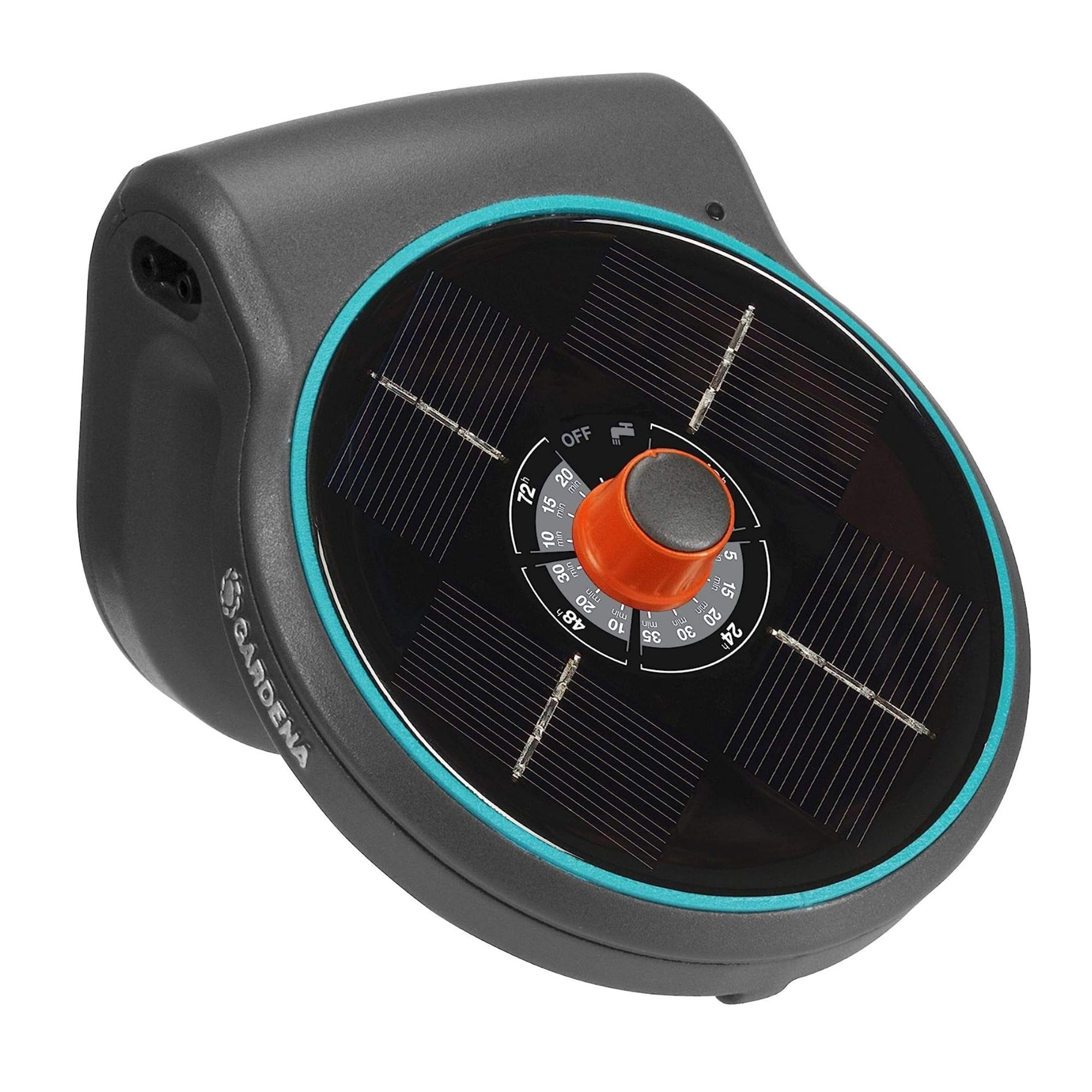
If you want to water the plants on a balcony or don't have an outdoor tap, you can use this solar-powered irrigation system to draw water from a bucket instead.
FAQs
Is drip better than sprinkler?
This all depends on your needs. If you’re looking to keep your lawn watered over the summer or have a larger area of plants to cover, a sprinkler can come in handy.
However, drip irrigation systems are much better for those who want to focus on watering their plants and prevent water wastage in the process. That’s because water irrigation systems target the area directly around the plant rather than watering the garden area as a whole.
They also offer a much deeper watering, which is perfect for those who struggle to maintain a watering schedule and want to keep their plants moist. Plus, drip irrigation systems can prevent weed growth while sprinklers encourage it.
Should I run drip irrigation every day?
Ultimately, you should decide how often to run your drip irrigation system by inspecting your garden, the weather forecast, and the plants you want to water.
In most cases, however, you should aim to run drip irrigation around three times a week in the summer (perhaps more during a heatwave, but always remember to water first thing in the morning), twice a week during the spring, and once a week (or less) during the autumn.
It’s unlikely that you’ll need to run drip irrigation during the winter months, but again, this all depends on the weather and your garden at the time.
During these runs, aim to keep your system on for around 20 minutes to get the most out of them.
Now you know what drip watering is, will you be investing in this system for your garden?

Lauren Bradbury has been the Content Editor for the House Manual section since January 2025 but worked with the team as a freelancer for a year and a half before that. She graduated with a Bachelor’s degree in English and Creative Writing from the University of Chichester in 2016. Then, she dipped her toe into the world of content writing, primarily focusing on home content. After years of agency work, she decided to take the plunge and become a full-time freelancer for online publications, including Real Homes and Ideal Home, before taking on this permanent role. Now, she spends her days searching for the best decluttering and cleaning hacks and creating handy how-to guides for homeowners and renters alike, as well as testing vacuums as part of her role as the Ideal Home Certified Expert in Training on Vacuums, having spent over 110 hours testing different vacuum models to date!
-
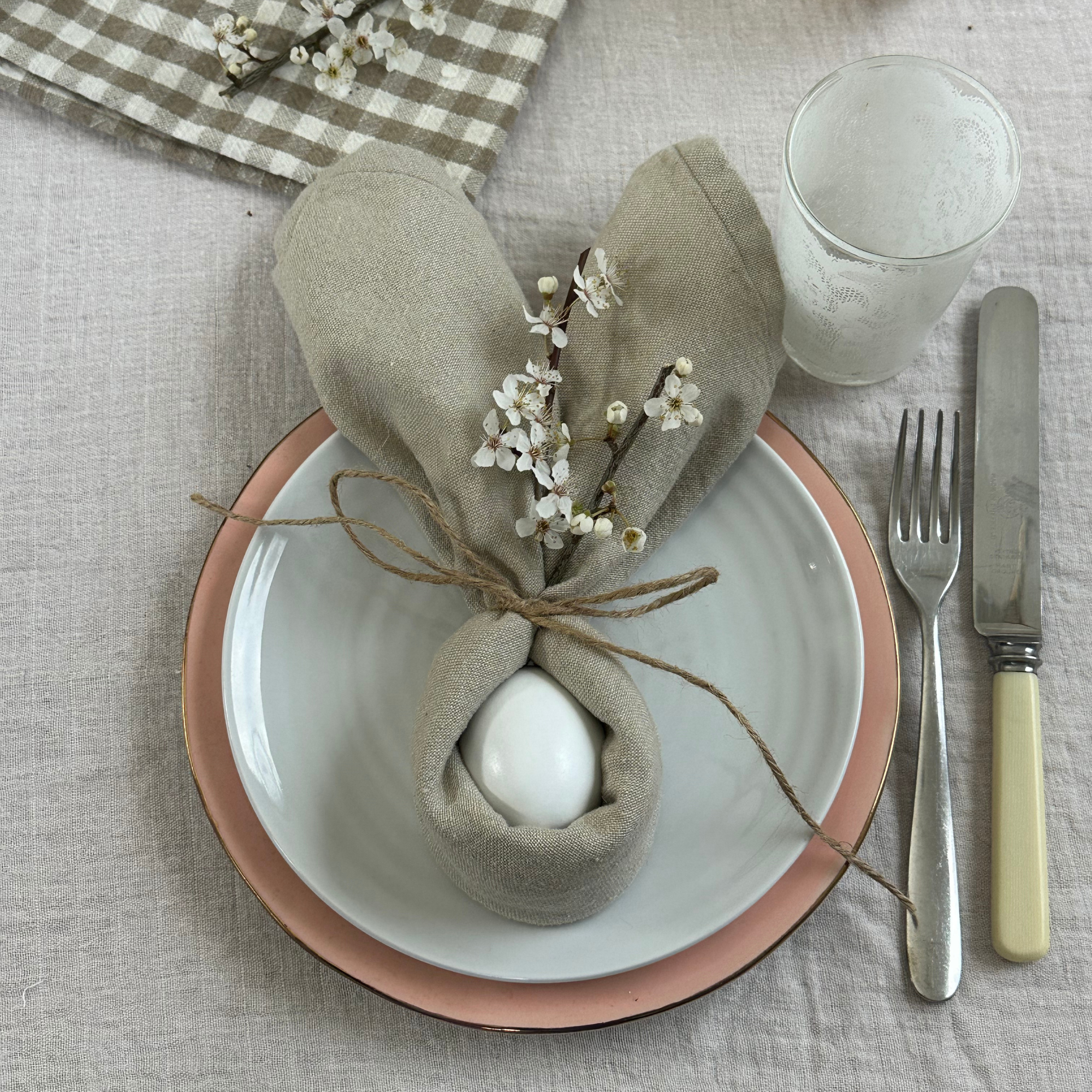 We tried the viral napkin bunny ears hack – it only takes five minutes and will take your Easter table to the next level
We tried the viral napkin bunny ears hack – it only takes five minutes and will take your Easter table to the next levelThis Easter craft is not only beautiful, but really easy to do
By Kezia Reynolds
-
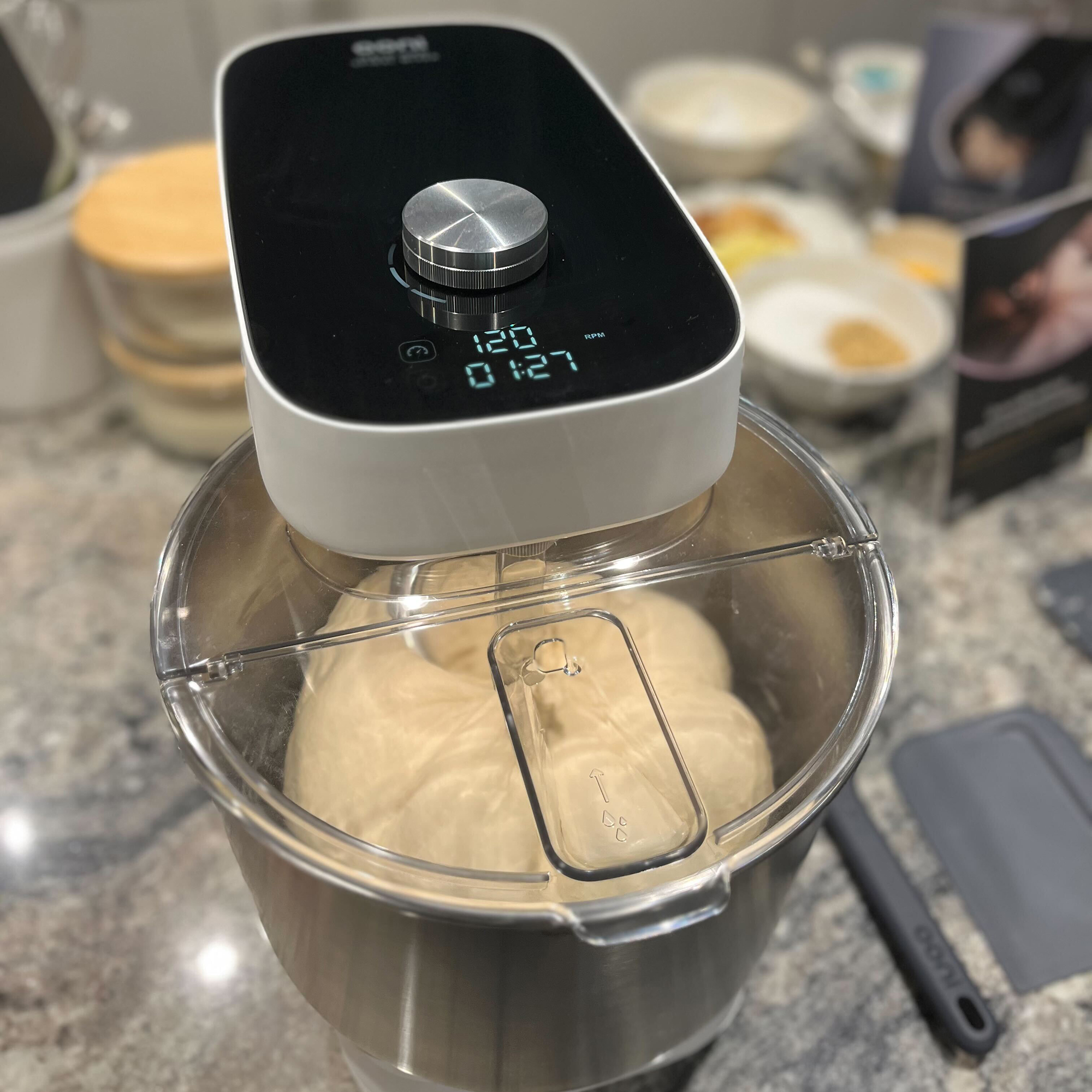 Ooni's new stand mixer is already a sell-out success
Ooni's new stand mixer is already a sell-out successHere's why the Ooni Halo Pro Spiral mixer is a big deal for at-home breadmakers
By Molly Cleary
-
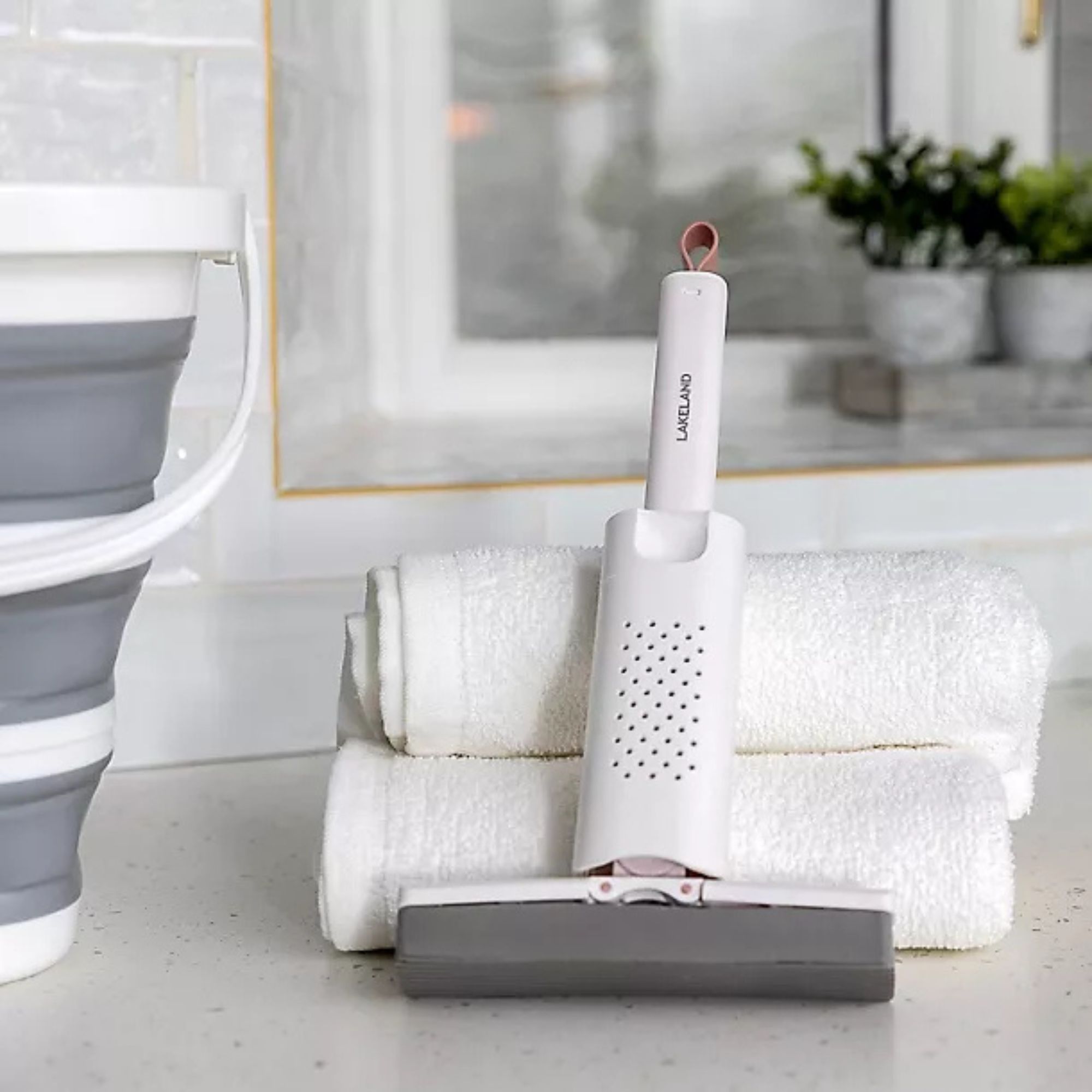 I’ve been using Lakeland’s new £5 mini mop as a shower squeegee, window cleaner and damp duster — it’s the ultimate multi-purpose cleaning tool
I’ve been using Lakeland’s new £5 mini mop as a shower squeegee, window cleaner and damp duster — it’s the ultimate multi-purpose cleaning toolYep, I've added this new mini cleaning tool to my collection
By Lauren Bradbury
-
 I’m seeing pastel garden furniture at all my favourite brands this spring, but QVC’s sorbet collection impressed me the most
I’m seeing pastel garden furniture at all my favourite brands this spring, but QVC’s sorbet collection impressed me the mostFresh pastel shades are a great way to liven up your outdoor space
By Kezia Reynolds
-
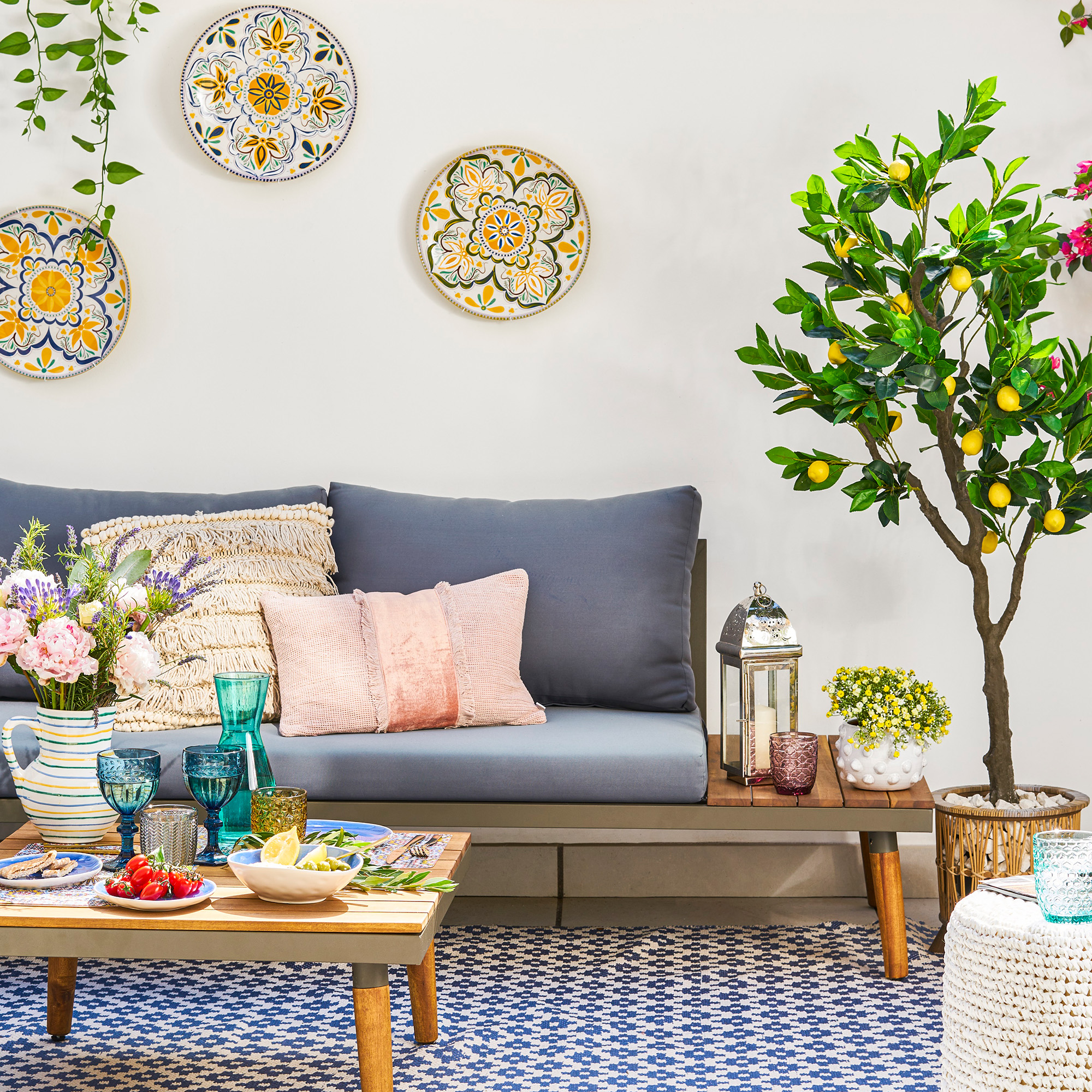 I spent the afternoon looking through Wayfair's garden sale – these are the 6 pieces I'm buying immediately for summer
I spent the afternoon looking through Wayfair's garden sale – these are the 6 pieces I'm buying immediately for summerThese are my must-have garden buys from the sale
By Holly Reaney
-
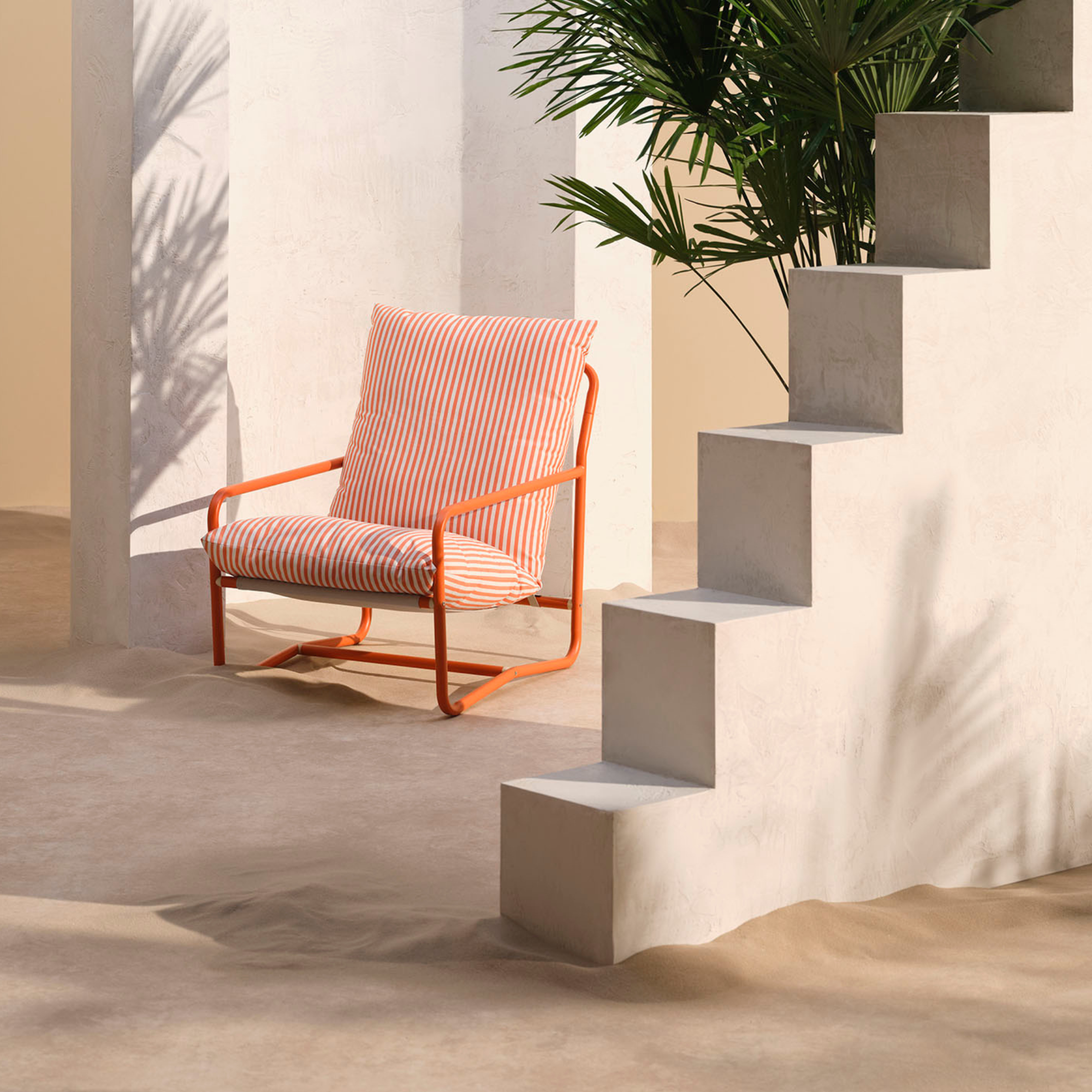 I’ve found the perfect alternative to John Lewis’ sold-out striped garden chair – and you won’t believe where it's from
I’ve found the perfect alternative to John Lewis’ sold-out striped garden chair – and you won’t believe where it's fromJohn Lewis' Sling Garden Chair is one of the most stylish pieces of garden furniture I'd seen – until I tracked down this QVC lounge chair...
By Kezia Reynolds
-
 Lidl is selling a smart tiered planter that will unlock extra planting space in a tiny garden or balcony
Lidl is selling a smart tiered planter that will unlock extra planting space in a tiny garden or balconyWhy I've been eyeing this planter up for my tiny garden
By Kezia Reynolds
-
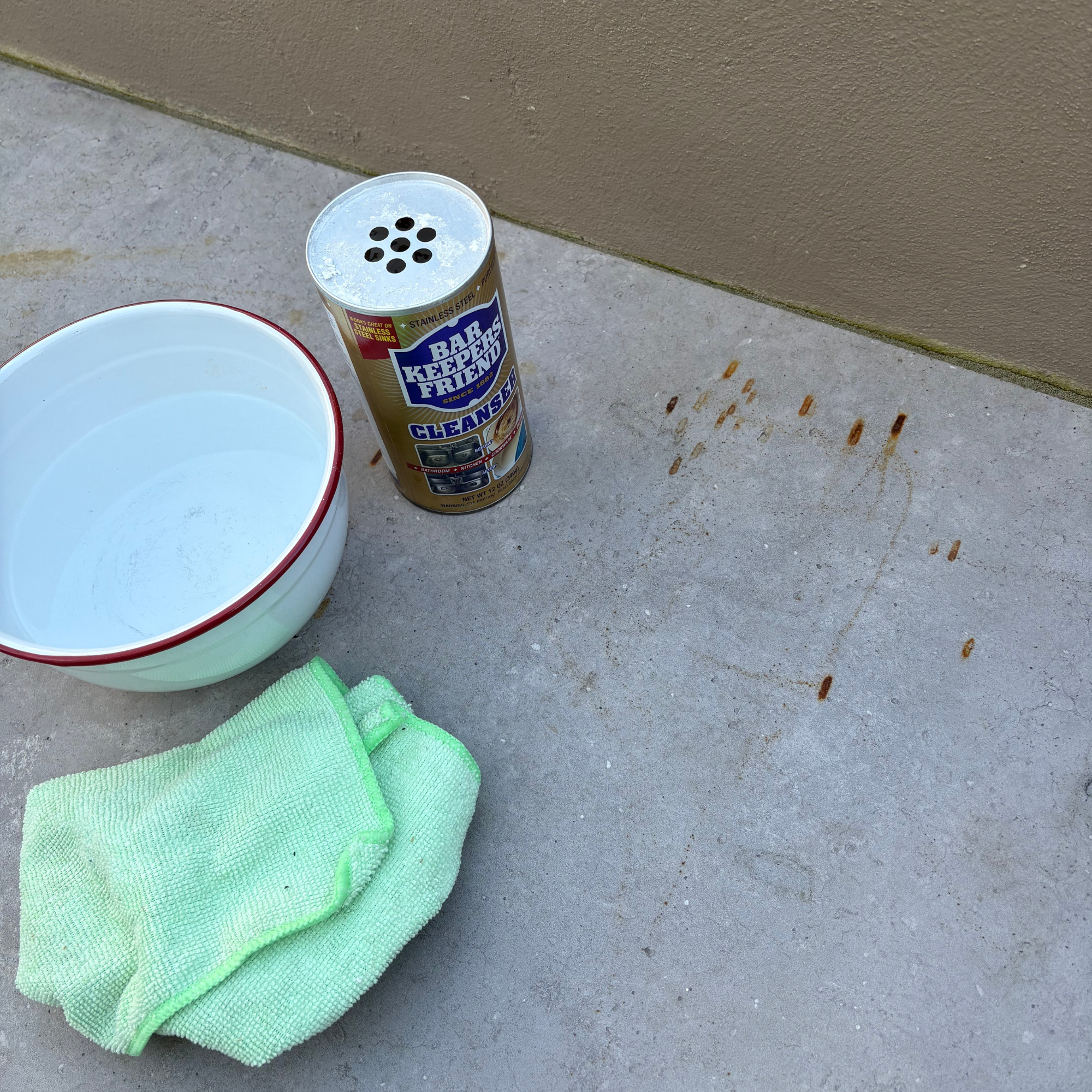 I’ve found the best solution for cleaning stains from a patio - and it’s only £8 on Amazon
I’ve found the best solution for cleaning stains from a patio - and it’s only £8 on AmazonThe stains practically vanish!
By Kezia Reynolds
-
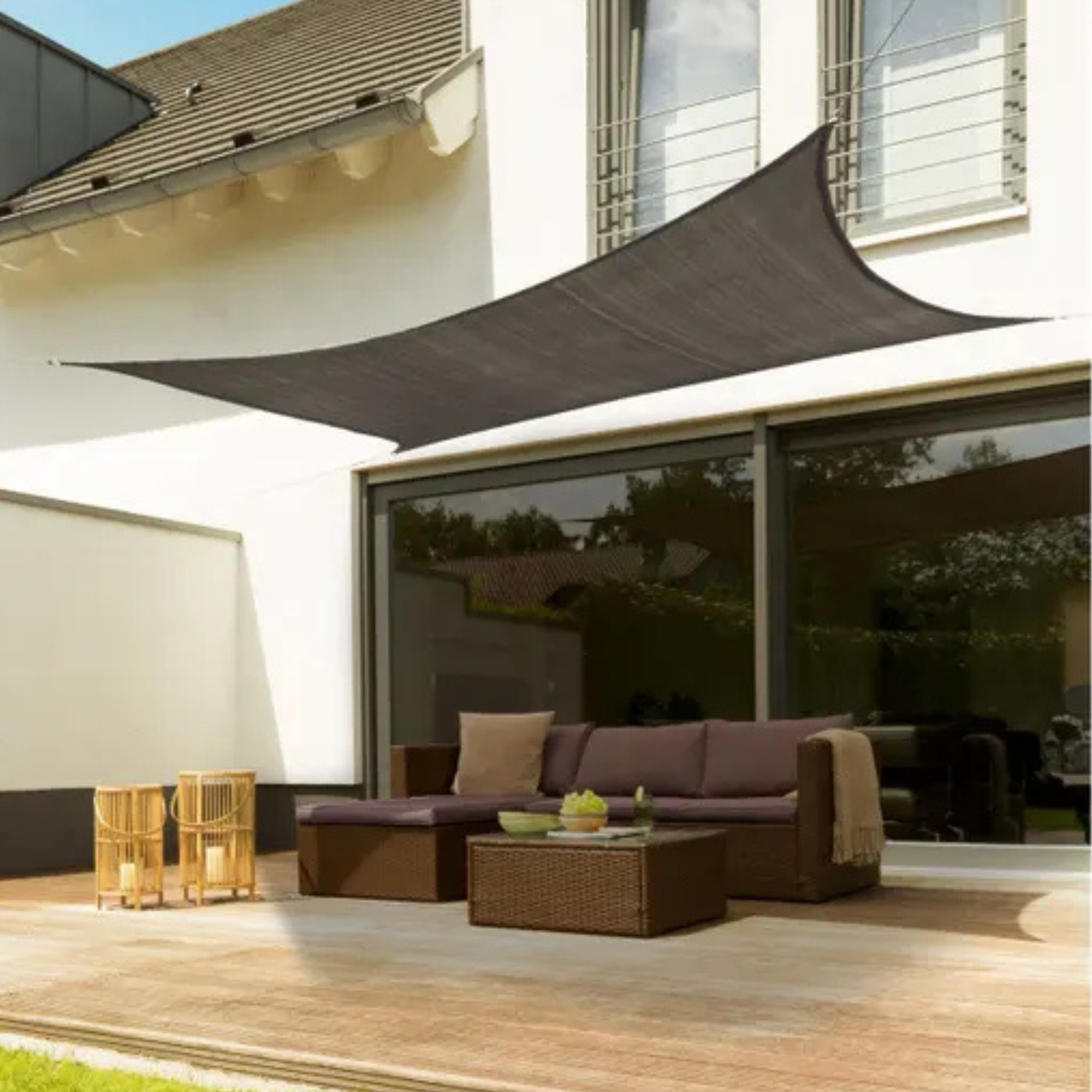 Lidl’s £15 sun sail is everything you need to create a shady oasis in your garden – and it’s on sale right now
Lidl’s £15 sun sail is everything you need to create a shady oasis in your garden – and it’s on sale right nowWith two stylish colours available, the sun sail will make a chic yet practical addition to any of your garden.
By Kezia Reynolds
-
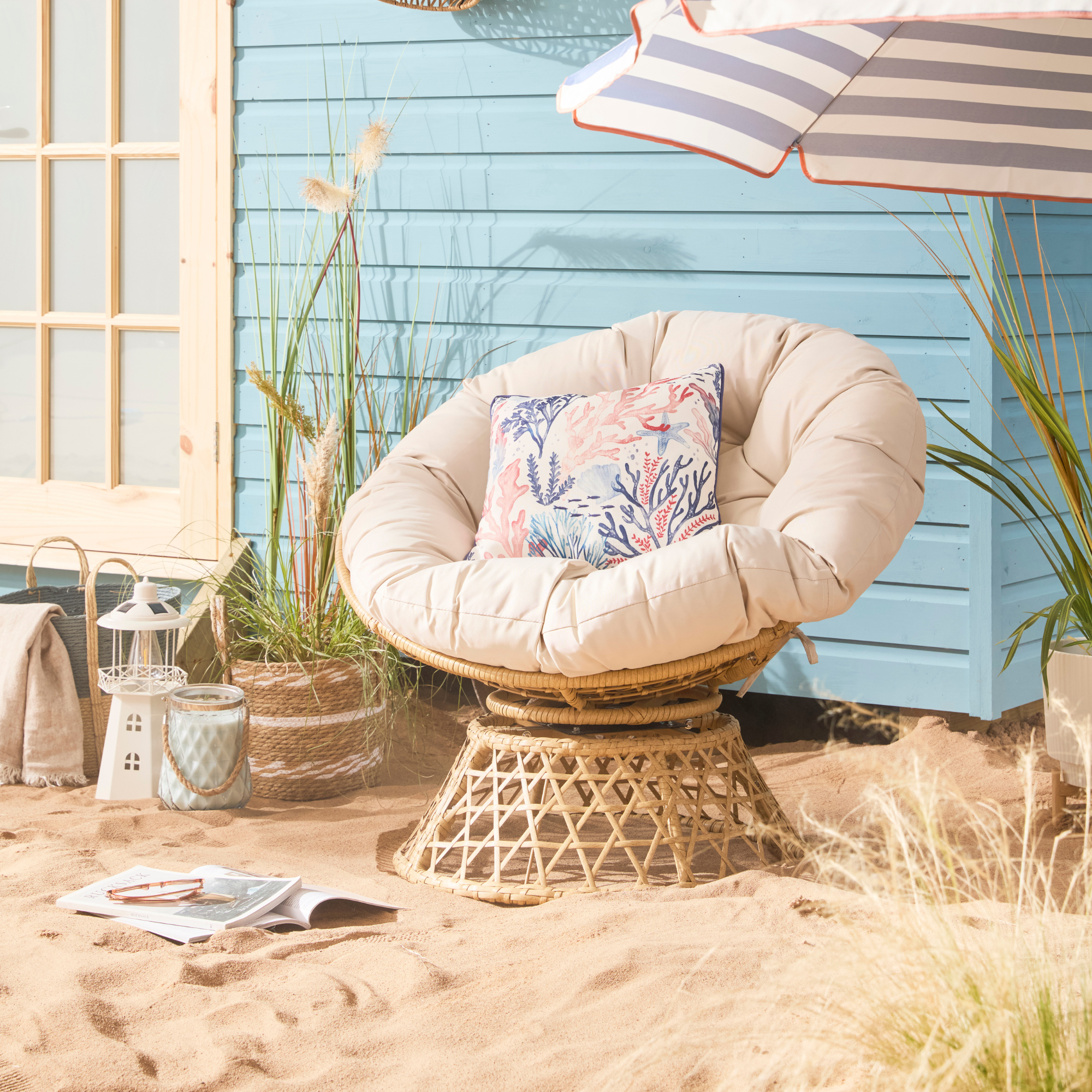 B&M has nailed 2025's breakout garden furniture trend - it's one of the most affordable and stylish I've seen
B&M has nailed 2025's breakout garden furniture trend - it's one of the most affordable and stylish I've seenGet the luxe look for less
By Kezia Reynolds
-
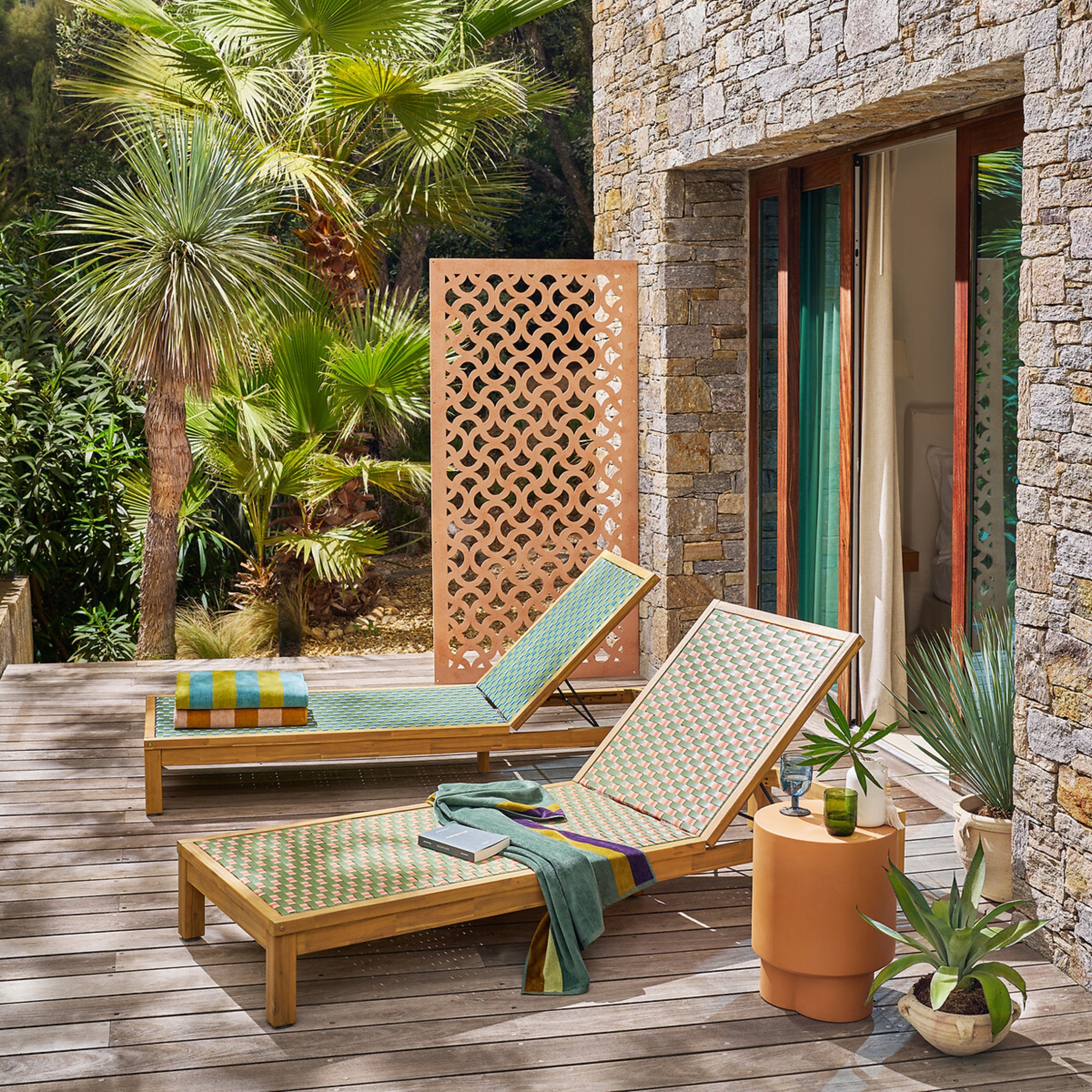 I was shocked to discover a treasure-trove of designer-look garden furniture at La Redoute on sale right now – 6 chic standouts
I was shocked to discover a treasure-trove of designer-look garden furniture at La Redoute on sale right now – 6 chic standoutsGive your garden that high-end look
By Sara Hesikova
